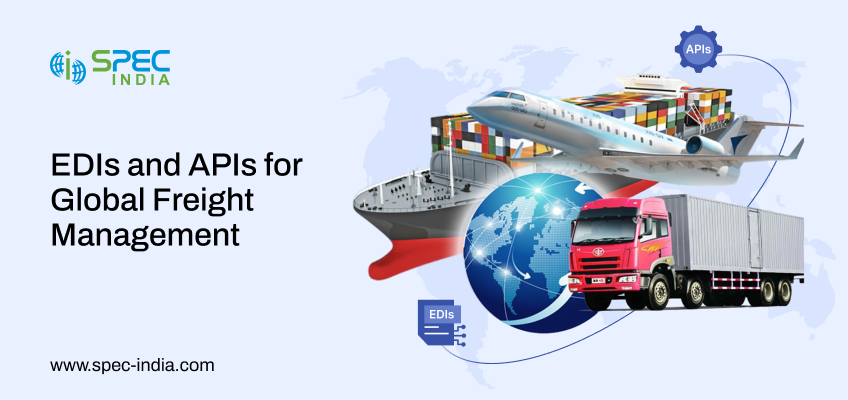
Top Real-World Databricks Use Cases Across Industries
Have you ever thought about the fact that more than 2.5 quintillion bytes of data are created each and every...

Small Business Digital Transformation: A Practical Roadmap for SMEs
Most small and medium businesses today feel stuck in the same loop. Too many tasks. Too little time. Delayed follow-ups....

How Custom Mobile ERP Boosts Operational Efficiency in Modern Enterprises
If you are facing teams, data, inventory, customer orders, or field work — and still feeling like things slip through...

Will Low-Code/No-Code App Development Replace Traditional Development?
If you look around, you can see that all companies, large or small, are in a rush to create digital...

Freight Forwarding ERP Integration for Multimodal Logistics (Sea, Air & Land)
For freight forwarders, managing the movement of goods by sea, air, and land is a lot like handling flaming torches....

How EDI and API Are Redefining Global Freight Management System?
Today’s global trade environment is highly volatile, and user expectations are proliferating. For decades, Electronic Data Interchange has been the...

